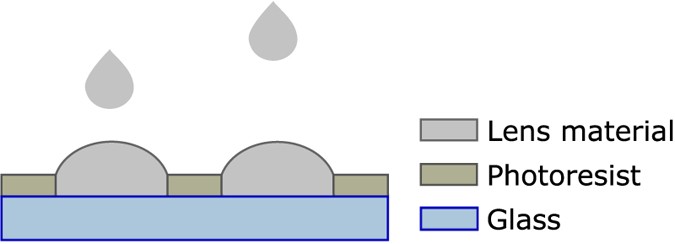
- Select a language for the TTS:
- UK English Female
- UK English Male
- US English Female
- US English Male
- Australian Female
- Australian Male
- Language selected: (auto detect) - EN
Play all audios:
THE ISSUE IS PART OF A NATIONWIDE PROBLEM OF MEDICAL DESERTS AND A SHORTAGE OF NEW DOCTORS France is working to cut waiting times to see a dermatologist, with the speciality among those hit
by the growing problem of medical deserts, amid long delays and shortages of appointments. In some departments, the wait can be as long as several months or even over a year. Read also: How
can I find out which parts of France are lacking doctors? Read also: Eight facts to understand France’s issue of ‘medical deserts’ SOLUTIONS EXPLORED The government is working to implement
a range of changes to help address the shortage of specialists nationwide, including dermatologists. These include: * The development of maisons de santé pluriprofessionnelles (MSPs,
multi-professional health centres), which bring together different healthcare professionals under the same roof MSPs aim to pool resources and offer patients more comprehensive care, in a
single site. They have proven to be particularly successful in the Occitanie region so far. They help to attract young doctors, who are attracted by group practice, and provide wider
healthcare provision in more rural areas. These cannot completely replace face-to-face consultations, but they can be a way for doctors to monitor certain conditions, and offer medical
advice to people who may not be able to travel to a specialist office. Trials of more telemedicine facilities in several French regions have appeared encouraging, particularly as it can
reduce waiting times for an appointment. WHY IS THERE SUCH A SHORTAGE? The shortage of dermatologists in particular is largely due to a shortage in practitioners, and a symptom of a wider
problem in French healthcare. For example, many doctors are not taking on new patients due to already being overloaded. Some have also switched from medical dermatology to focusing on
cosmetic and beauty treatments. France has an average of 5.4 dermatologists per 100,000 inhabitants, show figures from a recent study by the Fondation Jean Jaurès, called ‘Cartes de France
de l'accès aux soins’. Yet, the study found that this average masks major regional disparities. Read also: Seven questions about ‘medical deserts’ in France For example: * Paris has
17.5 dermatologists per 100,000 inhabitants * Some rural departments, including Creuse and Lozère, have none. Similarly, the number of dermatologists has fallen by over 20% in 20 years. *
In 2007, there were 3,542 practising dermatologists in France * In 2023, there were 2,798 Similarly, 30% of dermatologists are over the age of 60 which means that more are retiring with not
enough specialists coming through to replace them. A NATIONAL PROBLEM The problem is not unique to dermatology; other specialities such as ophthalmology, gynaecology, and paediatrics are
also affected. Several factors can explain the national situation. * The numerus clausus, which was introduced in 1971 to limit the number of medical students. This was abolished in 2020,
but its consequences are still being felt. * Uneven geographical distribution of doctors. Young graduates often prefer to set up practice in large towns and cities, to the detriment of
rural areas, which accentuates disparities between regions, helping to create the much-lamented ‘‘medical deserts’ in some areas. * The ageing of the doctor population. * An insufficient
number of new practitioners. RETHINKING DOCTORS The government has acknowledged that addressing many of the issues requires structural changes, and a revamping of the whole doctor training
system. New Prime Minister Michel Barnier has stated that he intends to “roll out health buses [mobile doctor surgeries] and groupings of healthcare professionals” more rapidly, alongside a
greater focus on “‘telemedicine and remote monitoring”. Read also: France plans 100 medical buses to improve rural access to healthcare Read also: French villages fight doctor shortage with
medical bus Similarly, the government has said it is working on offering more compelling incentives - including grants and tax exemptions - to new doctors to encourage them to set up
practices in more rural areas or those in “medical deserts”. Some regions have already introduced such schemes, but the results have been mixed. The government has also said it is
considering the creation of more salaried doctor positions based in rural hospitals and health centres, to encourage greater provision of healthcare in under-pressure areas, without
requiring doctors to set up independently in remote regions.






